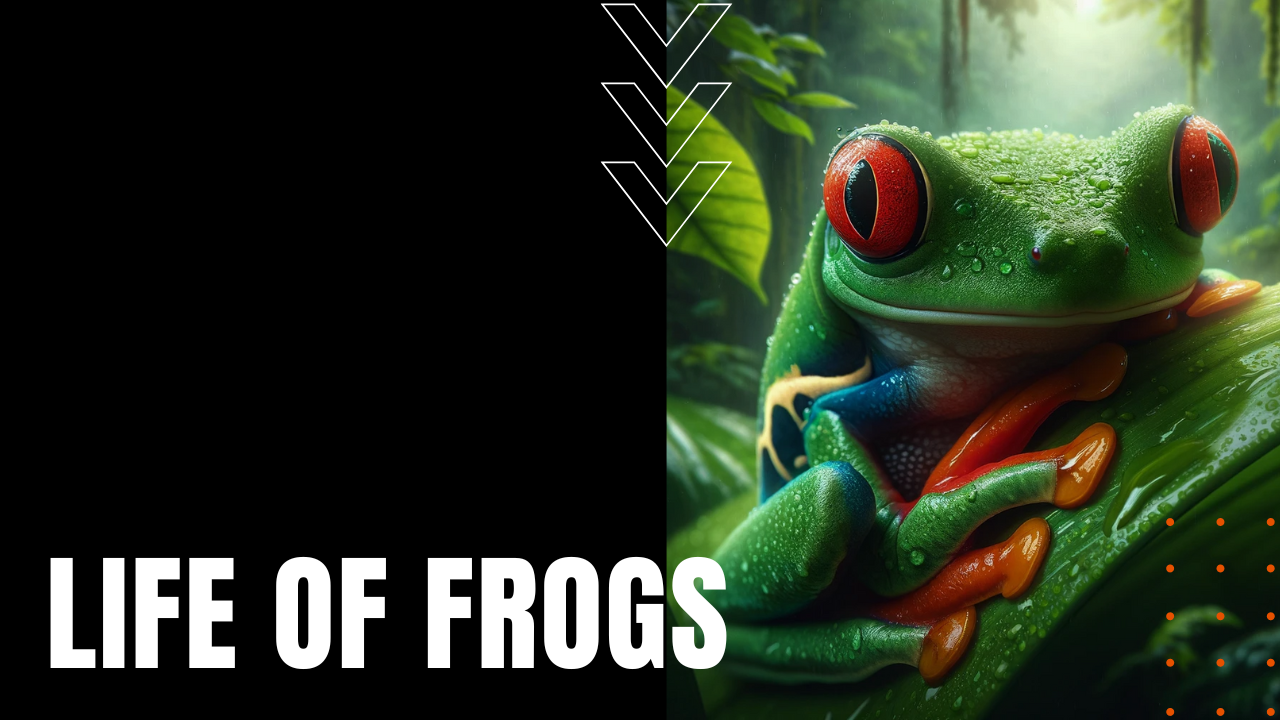-
February 6, 2024
The Life of Tigers
Tigers, among the largest cats, inhabit parts of Asia. Each tiger has unique stripes, aiding identification in the wild. Preferring diverse habitats, they range in size from the large Amur to the smaller Sumatran tiger. With a lifespan of 10-15 years in the wild and up to 20 in captivity, females give birth after a 100-day gestation, raising cubs for two years.
-
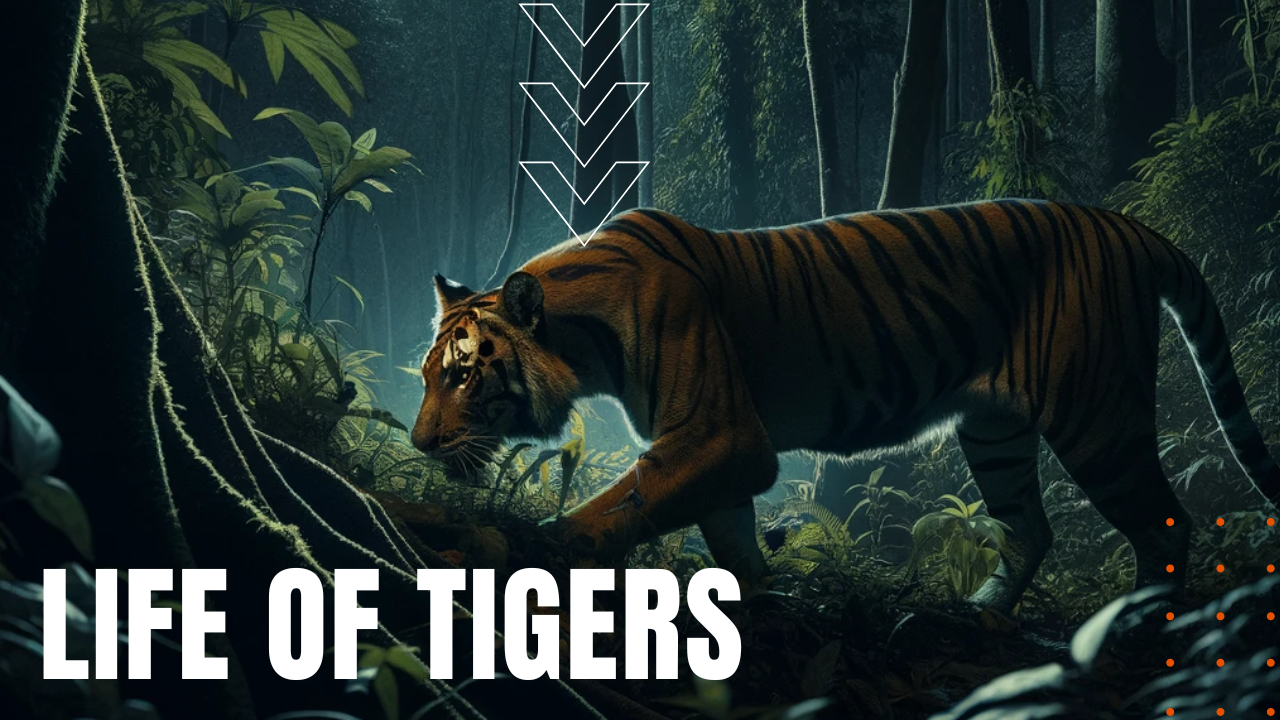
-
January 29, 2024
The Life of Hyenas
Hyenas, found across Africa and parts of Asia, are known for their strong bites and matriarchal clans. They hunt a variety of prey and can digest tough parts like bones and skin.
-

-
January 24, 2024
The Life of Zebras
Zebras, known for their unique stripes, inhabit various African terrains. They graze on tough vegetation, have distinct social structures, and use stripes for camouflage and fly deterrence.
-
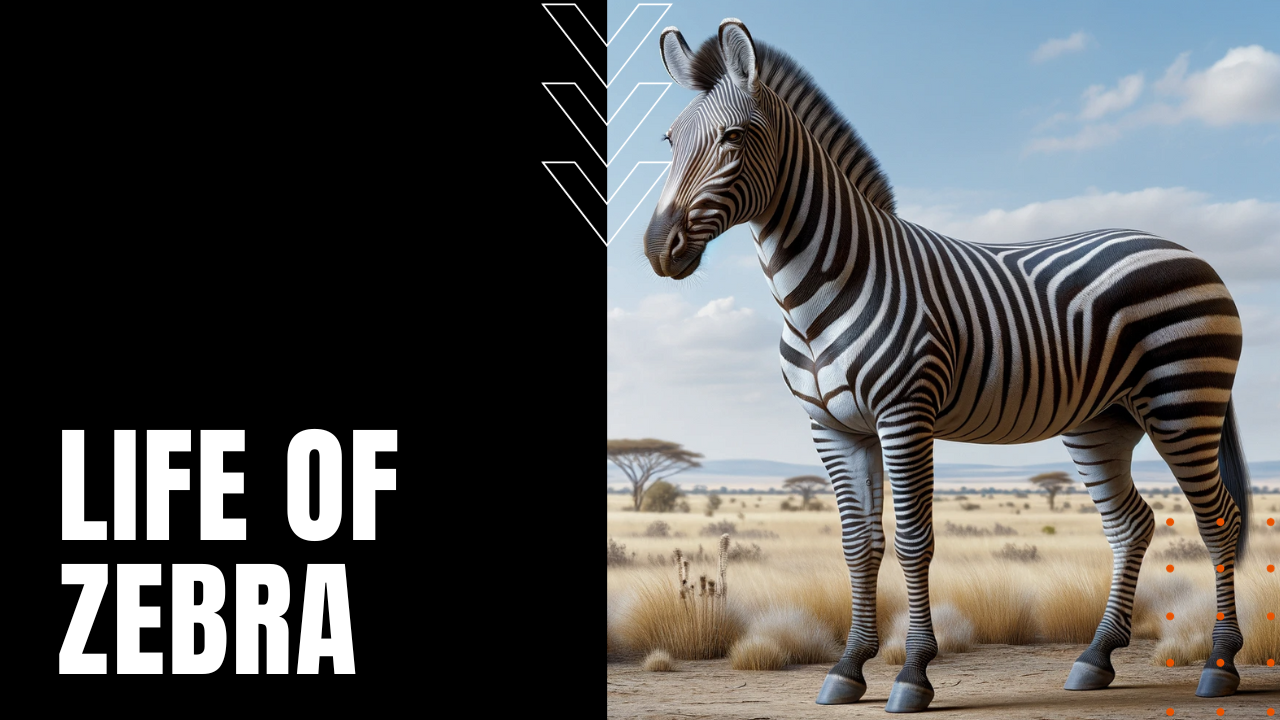
-
January 12, 2024
The Life of Coyotes
Coyotes, widespread in North America, are known for their adaptability and vocalizations. They hunt alone or in packs, have brief mating seasons, and can live up to 18 years in captivity.
-
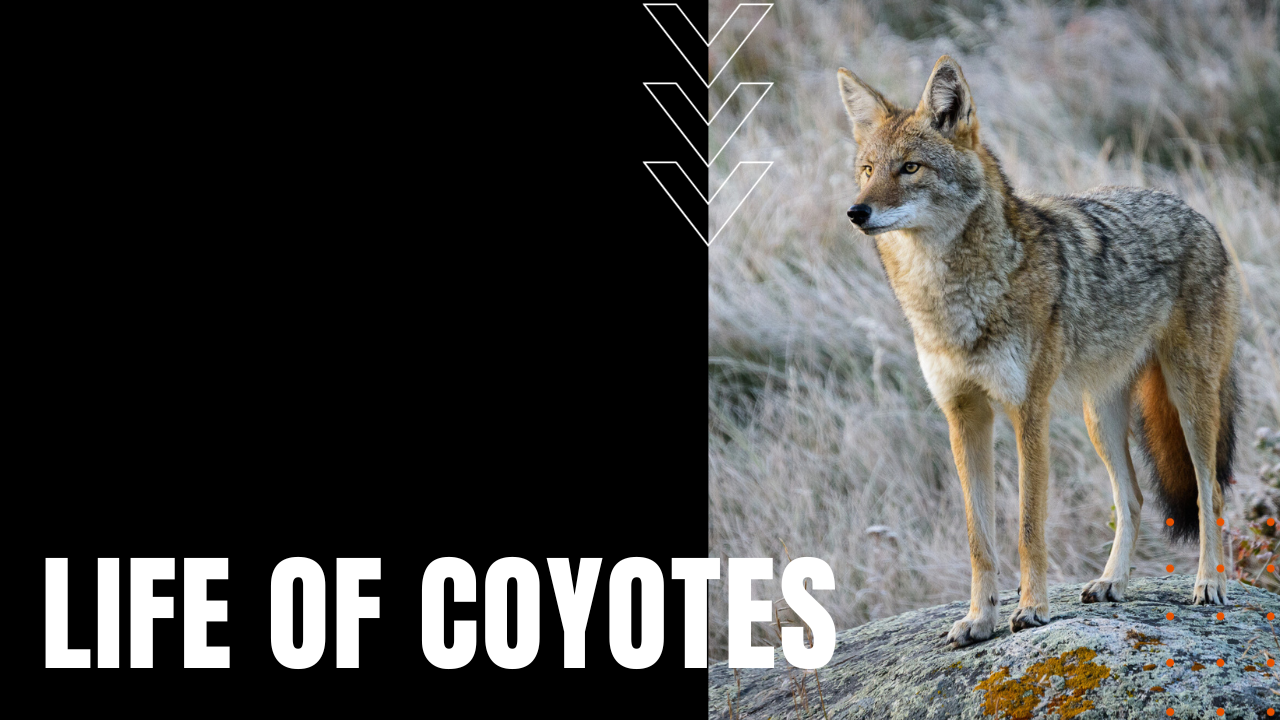
-
January 5, 2024
The Life of Giraffes
Giraffes, Africa’s tallest mammals, are unique for their long necks, distinct fur, and segregated herds. Facing threats from predators and habitat loss, they are vulnerable to extinction.
-
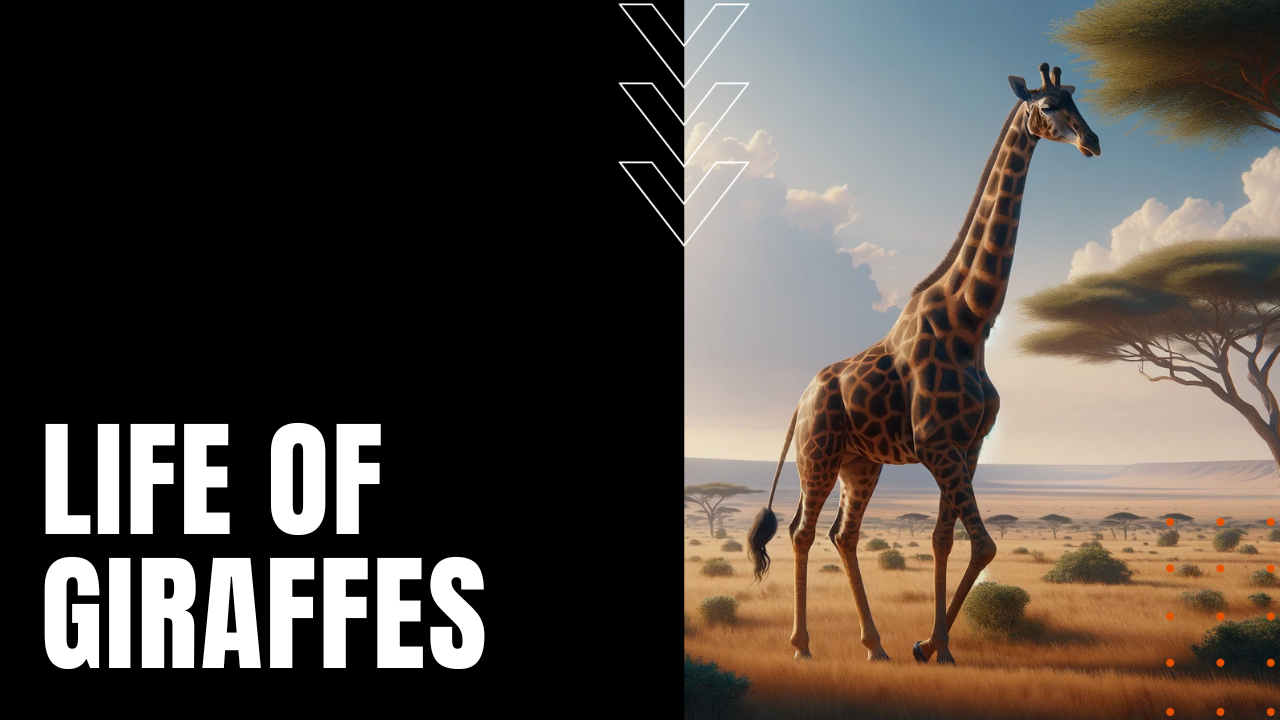
-
December 25, 2023
The Life of Deer
Deer, belonging to the family Cervidae, are hoofed mammals found on every continent except Antarctica and Australia, including a single species in Africa. This diverse group contains 47 species across 23 genera, such as muntjac, elk, red and fallow deer, caribou, white-tailed and roe deer, moose, and others. Historically, deer have been vital for human survival, mythology, and religion. However, they also carry diseases like bovine tuberculosis, impacting agriculture.
-

-
December 21, 2023
The Life of Frogs
Frogs, with over 7,000 species, are a diverse and largely carnivorous group of amphibians dating back to the Permian Period, around 265 million years ago. Found globally except in Antarctica, they represent 88% of all amphibians. Male frogs have unique calls for mating, and their lifecycle includes a metamorphosis from water-breathing tadpoles to land-capable adults. Frogs’ skin plays a vital role in respiration and health. However, since the 1980s, over 120 species have gone extinct, with a third threatened by habitat loss, pollution, and diseases like chytridiomycosis, highlighting significant environmental concerns.
-
